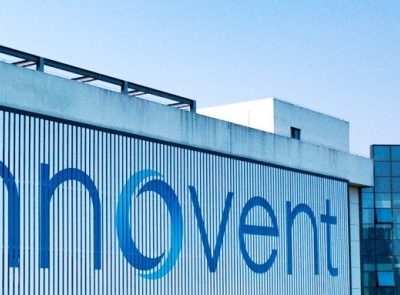Businesses scrutinising budgets are looking to cloud to boost the bottom line
A perennial hot topic, even more so currently, is budget. Everyone wants to cut costs, save money and make smart investments. Transitioning to the cloud is one of the ways many companies are attempting to do so. But moving absolutely everything to the cloud all at once might not be the right answer – especially if you don’t have a clear view of your pre-cloud spend says Marilyn Moodley, Country Leader for South Africa and WECA (West, East, Central Africa) at SoftwareONE.
Instead, the key is optimisation through a combination of rightsizing, migrating some workloads to the cloud, and putting a strategy in place to manage future needs.
Here are some important points to consider on your cost-saving journey.
Software licence reconciliation
According to Gartner, less than 25 percent of organisations have a mature strategy for optimising their licensing spend. That’s a lot of money being left on the table. In a way, it’s normal, because most companies don’t know where to begin. A good starting point is creating an overview of your entitlements and usage situation and a comparison between the two. Because some software programmes have been used for years, it’s hard to keep track of what licences you own, what you need, and how to optimise them. Some licences may also have been purchased for a specific project that is no longer running.
As this wasn’t challenging enough, many organisations started to deploy software programs in the cloud, which come with their own set of challenges. It might be the case for you as well. You may have migrated some systems or purchased new programmes in the cloud to save costs. But many workloads in the cloud may be over-provisioned if excess computing and storage capacity, as well as excess licenses, were transferred to the cloud.
If you want to optimise your cloud spent, you will need to look at software usage right down to the employee level. For example, check when someone last logged on to a specific product. If they haven’t for some time, it might not be needed anymore and you can either reassign or terminate that licence. Having this clear view of licence spend will help you determine the strategy you need to follow to achieve further cost savings.
Rightsize, don’t downsize
After a recon, it’s time to rightsize by eliminating what is not needed anymore. Start by going through all contractual documents. Read the terms and conditions included in your agreements and understand what their impact is on your current situation. Terminate licences that are unused (shelfware) and will not be used in the future. While you won’t get your money back, you will save costs by not paying the corresponding maintenance and support costs.
But terminating isn’t the only way to save costs. Rightsizing means eliminating everything that’s not needed. This could also include:
-Support: Some products still in use might not need maintenance and support at all. You can substantially reduce your costs by cancelling support (the average cost of support and maintenance is 20 percent of the list licence cost). Keep in mind that some products, like SAP, have a general policy that all your licence estate should be under the same level of support and would only allow partial termination if that is included in your agreement.
-Adjustments: You can also adjust some licences. You could have licences that cover more functionalities than your employees need or user types that provide more rights than needed. For example, everyone in the organisation could have editor rights, but only some employees really need full functionality. Rightsize by removing premium features from some licences.
Find an independent advisor
With the complexity surrounding licences and cloud spend, finding an independent advisor could prove to be a useful investment that will save costs in the long run as your organisation needs change. Microsoft contracts, for instance, are typically three years long. Those who signed a contract in 2019 would have experienced significant changes throughout 2020 as remote work became commonplace virtually overnight.
SoftwareONE’s Microsoft Advisory Managed Services gives companies value for their Microsoft investment through increased visibility and leading support services while providing actionable recommendations to help optimise current contracts.
In addition, Gartner’s research notes an increase in software audits for companies of all sizes and industries. The four major publishers that perform regular audits are IBM, Oracle, SAP, and Microsoft. You typically cannot avoid an audit, but you can be prepared for it to minimise costs. Having an independent software licencing firm keep track of all your licences will help you navigate the audit.
Smart investments
The next step is to invest the savings you made into funding IT asset management (ITAM) teams to help you gain more insight and achieve bigger savings.
When considering a move from on-premise to cloud, for example, you will undergo just as much a financial transformation as a digital transformation. You aren’t just moving environments – you’re shifting the mindset – and an elastic model calls for ongoing management. ITAM teams should create a plan to manage SaaS or cloud to deliver significant value to the organisation.

Marilyn Moodley
SoftwareOne
Rosebank, Johannesburg.
South Africa
22 April 2021
Photograph: John Hogg
This means a 12-month ITAM roadmap – covering everything from traditional asset management and maturing (cloud and SaaS) to early adoption assets. A well-executed 12-month roadmap should enable you to expand your ITAM team to prepare for a more complex tech landscape, start managing SaaS and cloud technologies based on where you are today and develop key strategic alliances to meet the right business outcomes.































